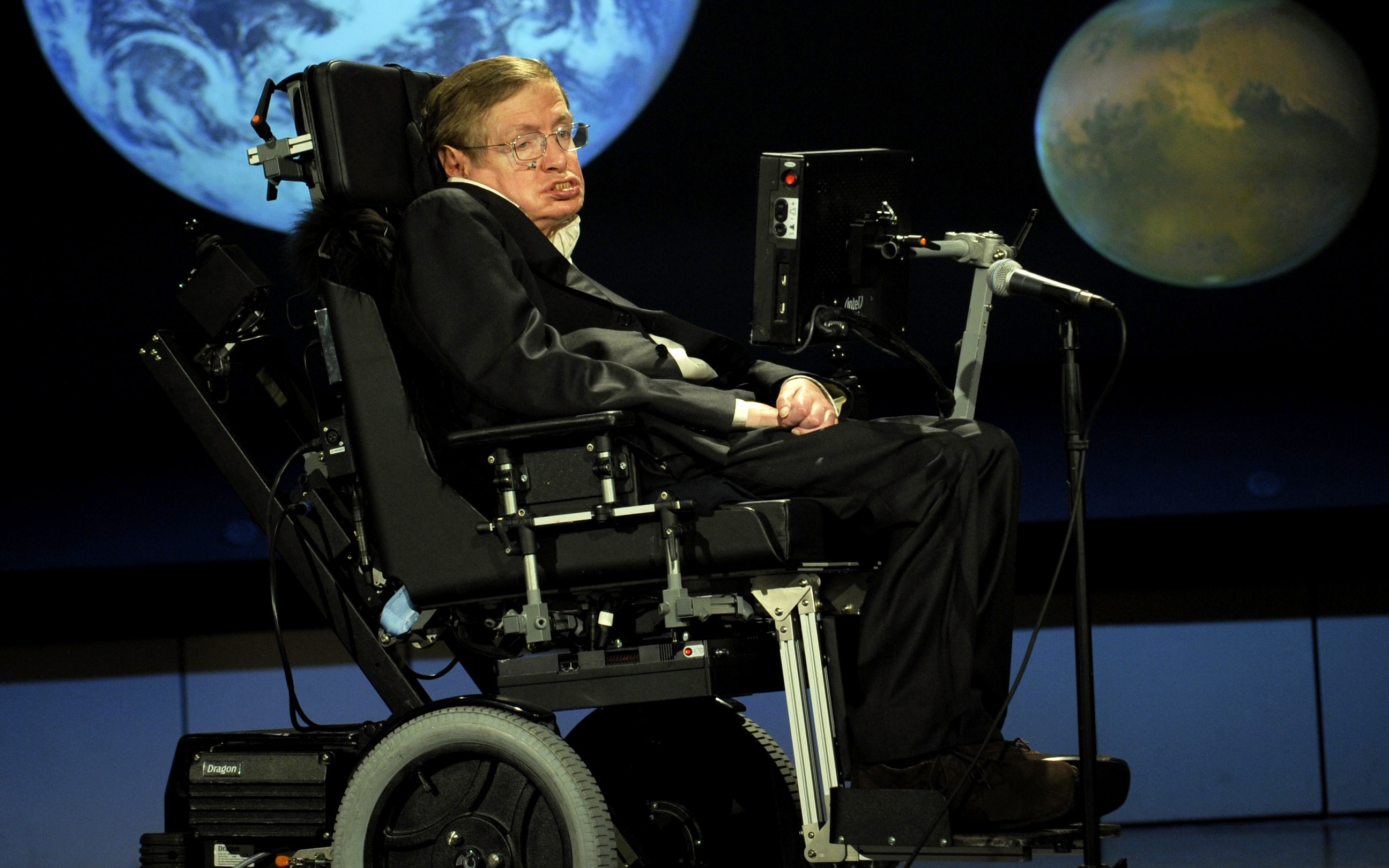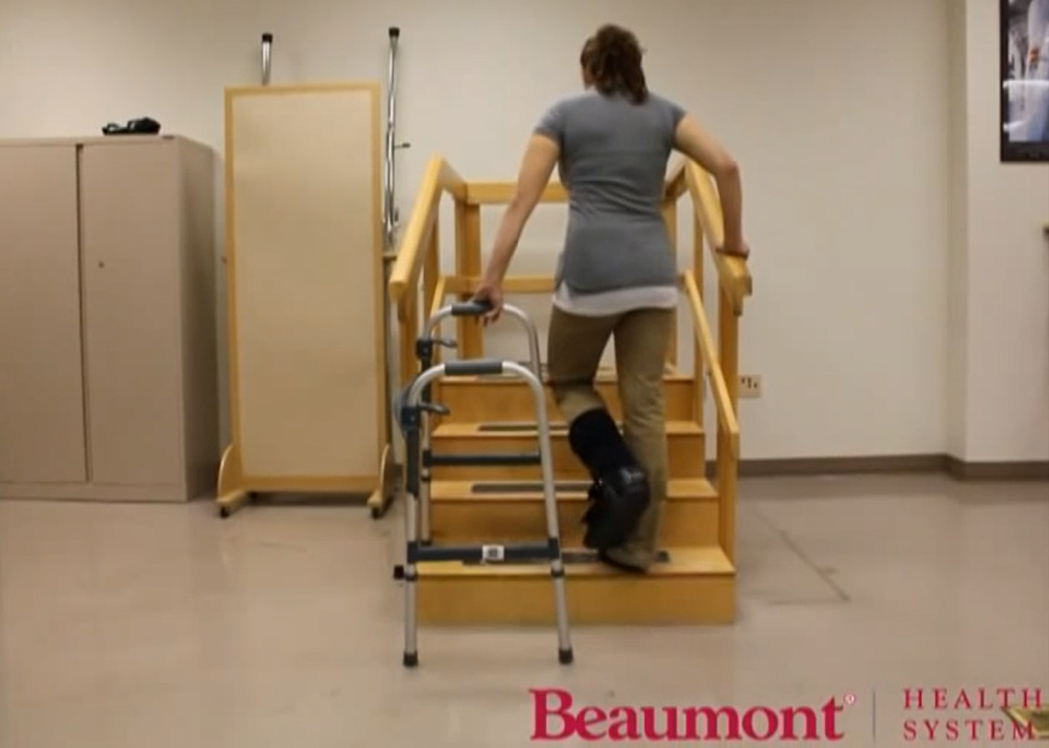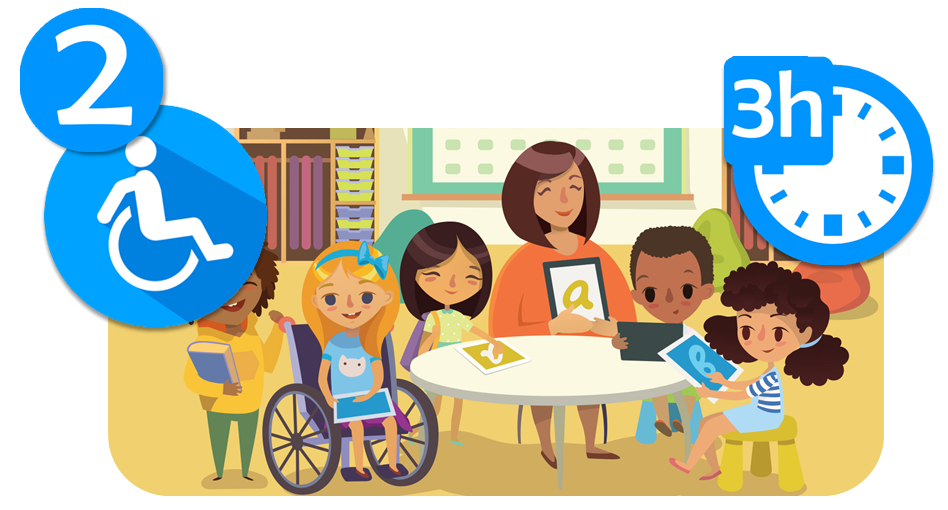Topic outline
Concepts of inclusive and special needs education (Duration: 45 minutes)

Image: Screenshot of YouTube Video "Cultivate Inclusion" by Joana Dhf
Inclusive learning focuses on the capacity of educational institutions to understand and respond to an individual learner’s educational requirements and entitlements, and girls and boys are seen as individuals who learn in different ways.
In this way, the labelling and stigmatising of learners is avoided, and instead, priority is given to the creation of appropriate and responsive educational environments. Diversity in education is simply a reflection of diversity in society. (Heart-Resources)
Find more:
 HEART: Inclusive learning
HEART: Inclusive learning
 Special Needs Policy of Rwanda
Special Needs Policy of Rwanda
 LN Murungi: Inclusive basic education in South Africa
LN Murungi: Inclusive basic education in South Africa
 YouTube: Cultivate Inclusion
YouTube: Cultivate Inclusion
 YouTube: What are learning Disabilities?
YouTube: What are learning Disabilities?
 YouTube: Trend towards inclusive education
YouTube: Trend towards inclusive education
 YouTube: The power of Inclusive education
YouTube: The power of Inclusive education
Types of assistive technologies (Duration: 45 minutes)

Image: Screenshot of YouTube Video "Assistive Technologies" by MySTOA
Assistive technology is designed to help students who have learning disabilities. Whether students have physical impairments, dyslexia or cognitive problems, assistive technology can help them to function within the classroom.
These tools include any type of equipment or device that helps students to compensate for their learning disabilities.
While they are unable to eliminate learning problems entirely, they can help students to capitalize on their strengths and minimize their weaknesses.
Case studies and best practice examples of using assistive technologies (Duration: 15 minutes)

Image: Late Dr. Stephen Hawking, 2008. Source: Wikimedia Commons
Hayley has low vision and reads a minimum font size of N20. She is unable to access information from the whiteboard, reading material and worksheets without magnification and relies heavily on her friends, teacher’s aides and her Resource Teacher: Vision to help her keep pace with her learning.
Her vision is deteriorating and she is learning to read in braille and use a screen reader.Academically, Hayley is near the top of her class in all subjects but she works for many hours at home to maintain this position.
Her teachers feel that, at 13, independent (and easier) access to a variety of activities is critical so that she can be a lifelong independent learner.
Find more how the above case and other similar cases are handled.
Appropriate use of assistive technologies (Duration: 15 minutes)

Image: Screenshot of Video "How to use canes, crutches and walkers after surgery" by Allina Health
Kimberly, Kristen and Fan from the Physical Therapy program at the University of Michigan - Flint worked with co-President Ramone Williams of the Film and Media Club to complete an informative video to illustrate how to use assistive devices. These devices include walkers, canes, axillary crutches and knee scooters.Beaumont Health System helped with the completion of the video in the link below.

